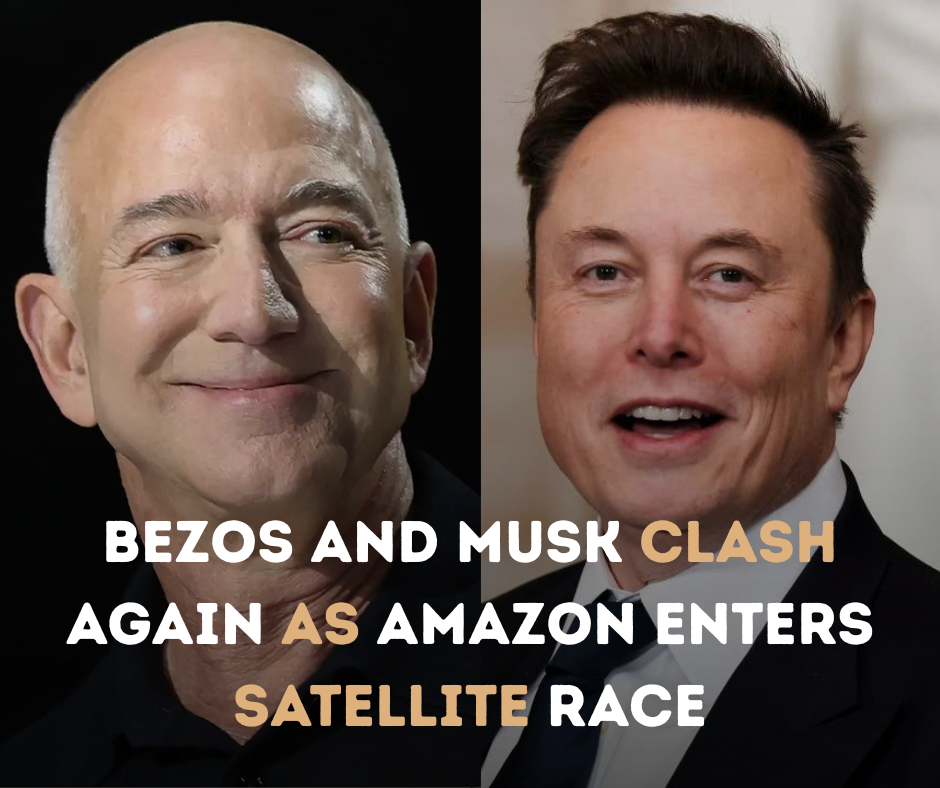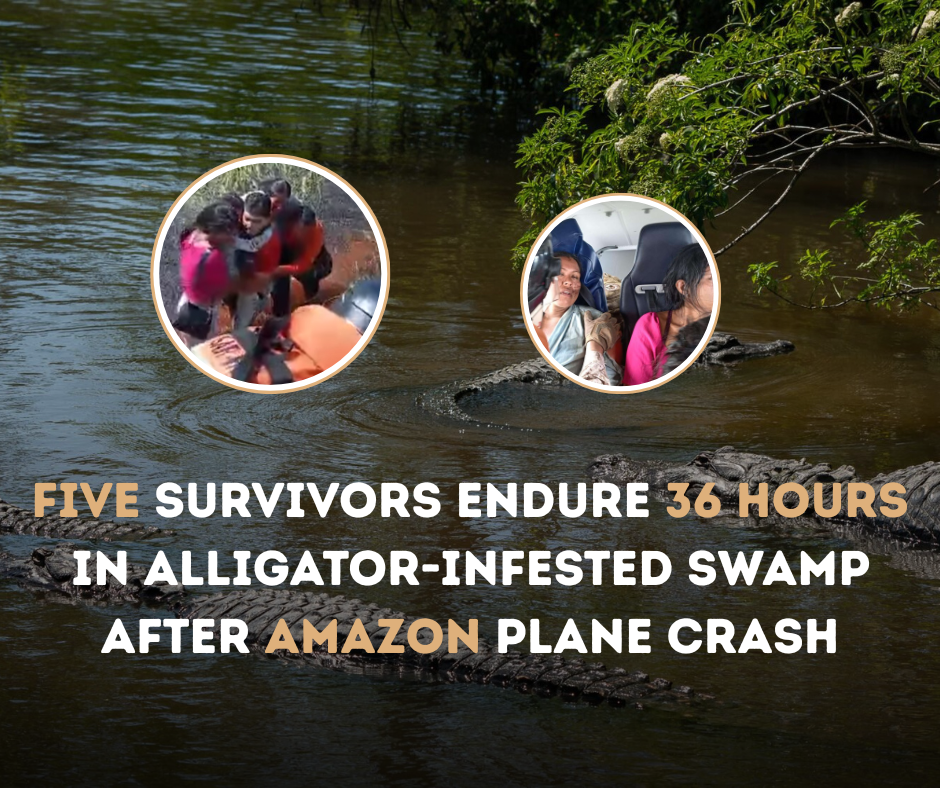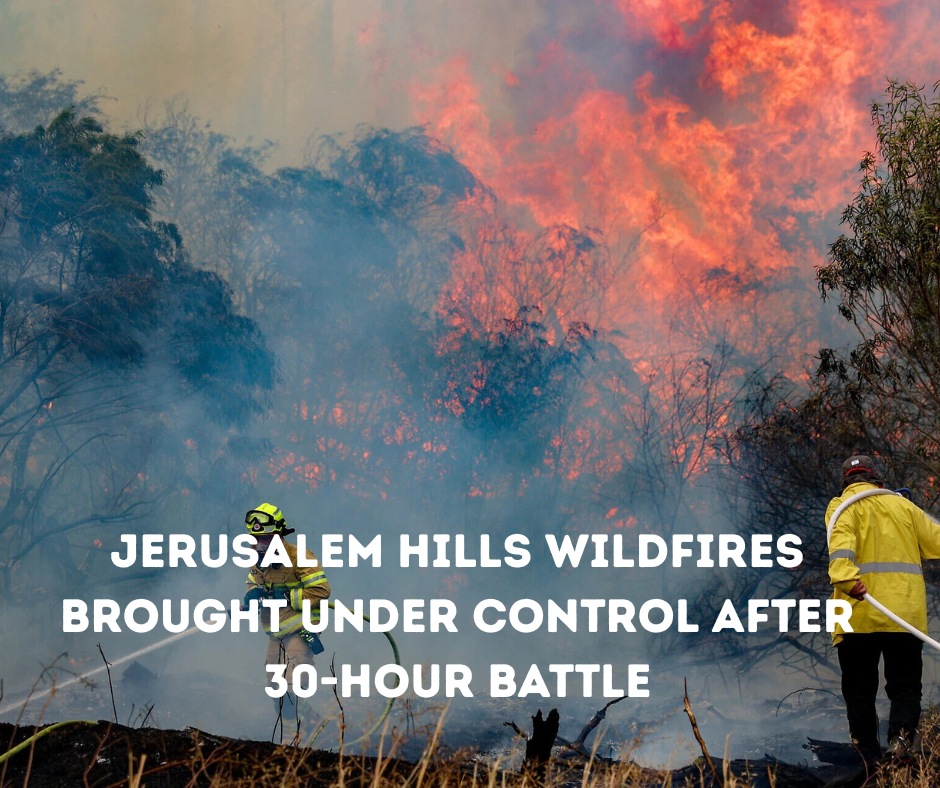In a significant and somewhat surprising move, Prince Harry and Meghan Markle have officially changed the last names of their children, Archie and Lilibet. The new names now reflect the couple’s royal heritage and their current status as the Duke and Duchess of Sussex.
This decision marks a new chapter for the Sussex family and is not just a simple change of last names—it signifies their ongoing effort to carve out a unique identity outside the traditional royal family framework. While many might expect royal children to retain the traditional surname “Mountbatten-Windsor,” Archie and Lilibet will now use the surname “Sussex”. This shift directly ties their identities to Harry and Meghan’s royal title, reinforcing their connection to the Sussex title they hold.
The Significance of This Name Change
For years, Archie and Lilibet were known by their “Mountbatten-Windsor” surname, which is the family name adopted by the British royal family. However, by opting for “Sussex,” the children’s new names align them more closely with their parents’ titles as the Duke and Duchess of Sussex. This change also solidifies their role within the family’s brand and public image.
Archie and Lilibet are now officially recognized as Prince and Princess of Sussex. This is significant because it elevates their standing within the line of succession and royal titles. While the children had technically been entitled to these titles since King Charles III’s coronation, this public acknowledgment further reinforces their new status as members of the royal family.
The change also comes after a period of reflection for Harry and Meghan, who have continually navigated their evolving relationship with the royal family since stepping back from their royal duties in 2020. The decision to update their children’s names and titles can be seen as part of their broader effort to define their own family narrative, both in the media and in the eyes of the public.
A Unified Family Identity
For Harry and Meghan, family has always been central to their personal lives and public endeavors. The new surname is a way to create a unified family identity—one that reflects their commitment to their heritage as well as their desire for autonomy and privacy. The couple has consistently expressed their intention to raise their children away from the intense scrutiny that often comes with royal life, yet they’ve also shown they are not willing to entirely separate from their royal roots.
The decision to use “Sussex” aligns the family with their history, while also embracing their new role in the world outside the monarchy. It’s a thoughtful way to keep Archie and Lilibet tied to their royal background, while also offering them more freedom to grow up in an environment that Harry and Meghan have carefully cultivated in recent years.
The Role of Titles in the Royal Family
The change in surname also comes with a shift in how Archie and Lilibet will be publicly recognized. As the children of the Duke and Duchess of Sussex, they are entitled to be known as Prince Archie of Sussex and Princess Lilibet of Sussex, titles they will carry for the rest of their lives. These titles place them in a special position within the royal family, though it’s worth noting that Harry and Meghan have made it clear that their children’s lives will be quite different from those of the other members of the royal family.
In recent years, Harry and Meghan have consistently distanced themselves from certain aspects of royal protocol and tradition. They have emphasized their focus on causes like mental health, equality, and sustainability, using their platform to raise awareness and make meaningful changes. The children’s titles reflect this unique position they hold in the royal family, balancing tradition with a desire for independence.
A Bold Move for the Sussex Family
By changing their children’s last names, Harry and Meghan have made a bold statement about the future they envision for their family. It’s not just a rebranding but a reaffirmation of their commitment to create a life on their own terms, separate from the constraints of royal life. This decision, while making waves in the media, also reflects their ongoing efforts to manage their family life in a way that resonates with their values.
In the end, this name change is just one more step in the Sussexes’ journey of redefining what it means to be royal in the modern world. Whether it’s their advocacy for social causes or their approach to family, Harry and Meghan are continuing to challenge expectations, making choices that feel right for them and their children.
What’s Next for Archie and Lilibet?
As Archie and Lilibet grow older, their names and titles will likely evolve further as their public and personal lives continue to take shape. It will be interesting to see how they embrace or modify these titles as they navigate their place in the world. In the meantime, Harry and Meghan’s decision to announce this change shows their deep commitment to raising their children with love, privacy, and a strong sense of self. Their family’s journey is far from over, and this is just one of many steps in the evolving story of the Sussexes.
















